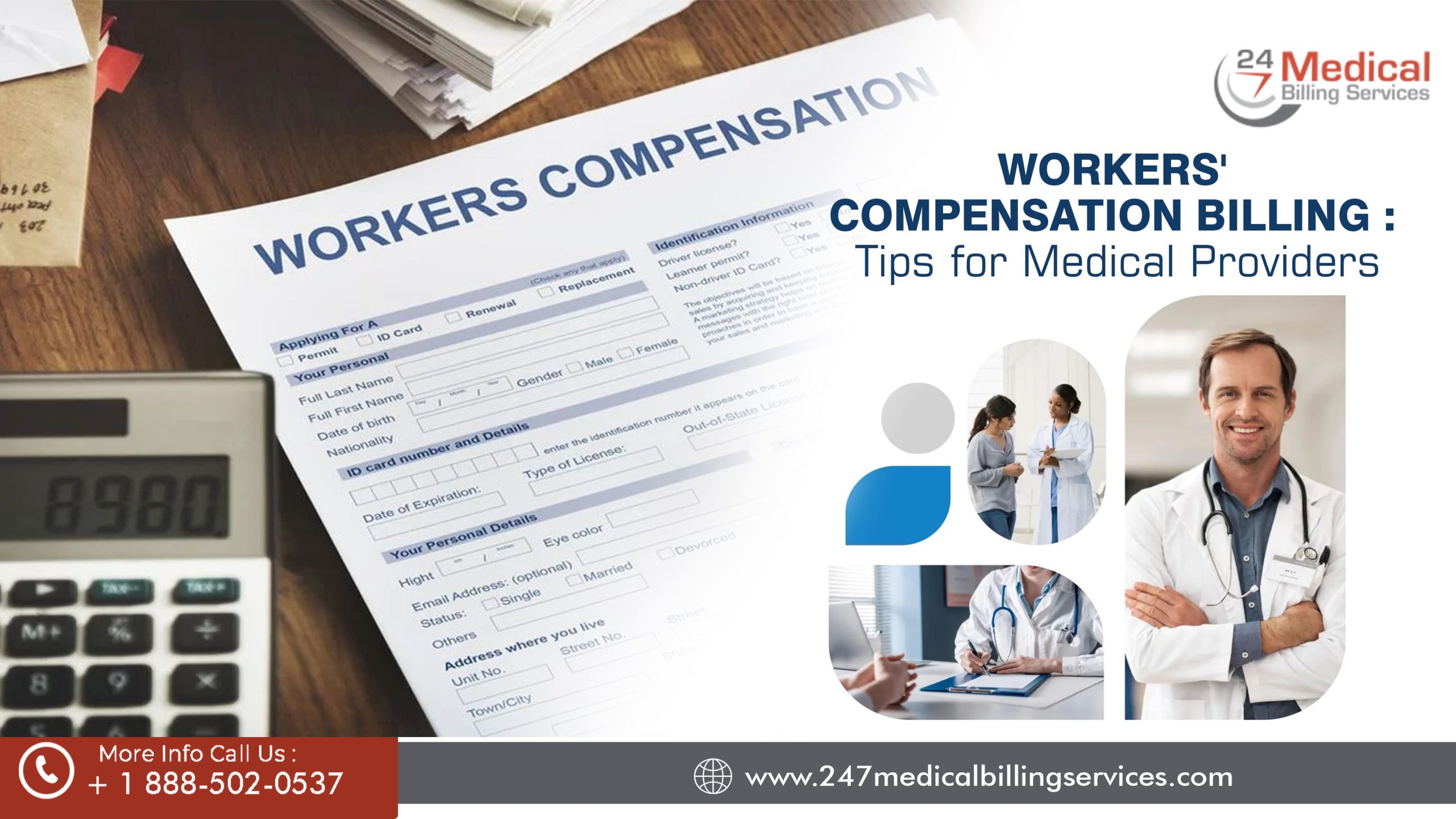Imagine a safety net that catches workers injured on the job or suffering from occupational diseases, offering them vital support such as wage replacement, medical treatment, and vocational rehabilitation. This net is what we call workers' compensation.
In this realm, both federal and state laws mandate that employers maintain workers' compensation coverage, ensuring minimum standards of protection for their employees. But what happens when a patient enters a medical office seeking treatment for a work-related illness or injury, neglecting to mention its connection to their employment? This is where the plot thickens.
In such cases, the patient's primary payer is initially billed for the services rendered. But should the patient later reveal the work-related nature of their condition and request that their workers' compensation insurance cover the expenses, setting of billing and reimbursement actions. The workers' compensation insurance must be billed accordingly if the primary payer has already reimbursed the bill. Additionally, if the workers' compensation claim faces denial, an appeal process is set into motion, with reimbursements requiring a careful return.
But wait, there's more complexity to unravel.
Picture a scenario where a patient walks into a provider's office, seeking treatment for a workers' compensation injury, yet also requiring attention for an unrelated issue. The provider must delicately balance the two encounters, ensuring each is documented separately to maintain clarity and compliance.
In such a complex scenario, there is a need to ease the workers' compensation billing, that is possible with the following tips:
-
Understand the Workers' Compensation System
Medical providers must have a strong understanding of how the workers' compensation system operates. You should familiarize yourself with federal and state laws governing workers' compensation and any specific regulations applicable to your practice area. Understanding the process from injury occurrence to claim resolution empowers such providers to navigate billing procedures effectively. For instance, the Division of Workers' Compensation oversees the system in California, and contacting them ensures fair treatment for injured workers.
-
Verify Eligibility and Coverage
Before providing services,
verify the patient's eligibility for workers' compensation coverage. You should confirm that the injury or illness is work-related and that the patient's employer carries workers' compensation insurance. This step helps prevent workers' compensation billing issues and ensures that services are appropriately covered. For example, if a construction worker injures their back on the job, their medical expenses should be covered by their employer's workers' comp insurance.
Thorough documentation is key in workers' compensation billing. There is a need to have a proper record of detailed information about the patient's injury, including how it occurred and its connection to their employment. Not only this but you should also document all treatments provided, including diagnostic tests, medications, and procedures. Accurate and comprehensive documentation strengthens the validity of claims and facilitates smooth processing. For instance, if a worker fractures their arm in a factory accident, the medical records should detail the fracture, treatment provided, and follow-up care instructions.
You should use correct medical codes when billing for workers' compensation services. As a medical coder, there is a need to use specific codes that accurately describe the injury or illness and any related treatments or procedures. Adhering to standardized coding practices helps prevent claim denials and ensures accurate reimbursement. For example, the
International Classification of Diseases (ICD) code for a work-related back injury is "S39.012A - Strain of muscle, fascia, and tendon at lower back."
Undoubtedly, submitting clean claims reduces the likelihood of delays or denials in payment. Before submitting the bills, you should include all required information on the claim form, such as patient demographics, diagnosis codes, procedure codes, and provider information. Double-check for accuracy and completeness before submission to minimize errors and streamline the billing process.
-
Stay Proactive in Claim Follow-Up
You should proactively follow up on workers' compensation claims to track their progress and address any issues promptly. Monitoring claim status regularly and communicating with payers to resolve any discrepancies or delays is also necessary. Prompt follow-up helps expedite reimbursement and prevents outstanding claims from falling through the cracks.
-
Leverage Technology Solutions
To streamline workers' compensation billing processes, you should embrace technology solutions. You can also utilize electronic billing systems, practice management software, or specialized billing platforms tailored to workers' compensation claims. These tools automate tasks, improve efficiency, and provide real-time insights into claim status and reimbursement trends, enhancing overall billing performance.
Outsource to 24/7 Medical Billing Services
One-stop solution is to consider
outsourcing workers' compensation billing to an experienced medical billing services provider specializing in handling workers' compensation claims. These services offer expertise in handling complex billing procedures, ensuring accuracy, compliance, and timely reimbursement. Outsourcing to 24/7 Medical Billing Services allows providers to focus on patient care while entrusting billing tasks to dedicated professionals, optimizing revenue cycle management.


.png)